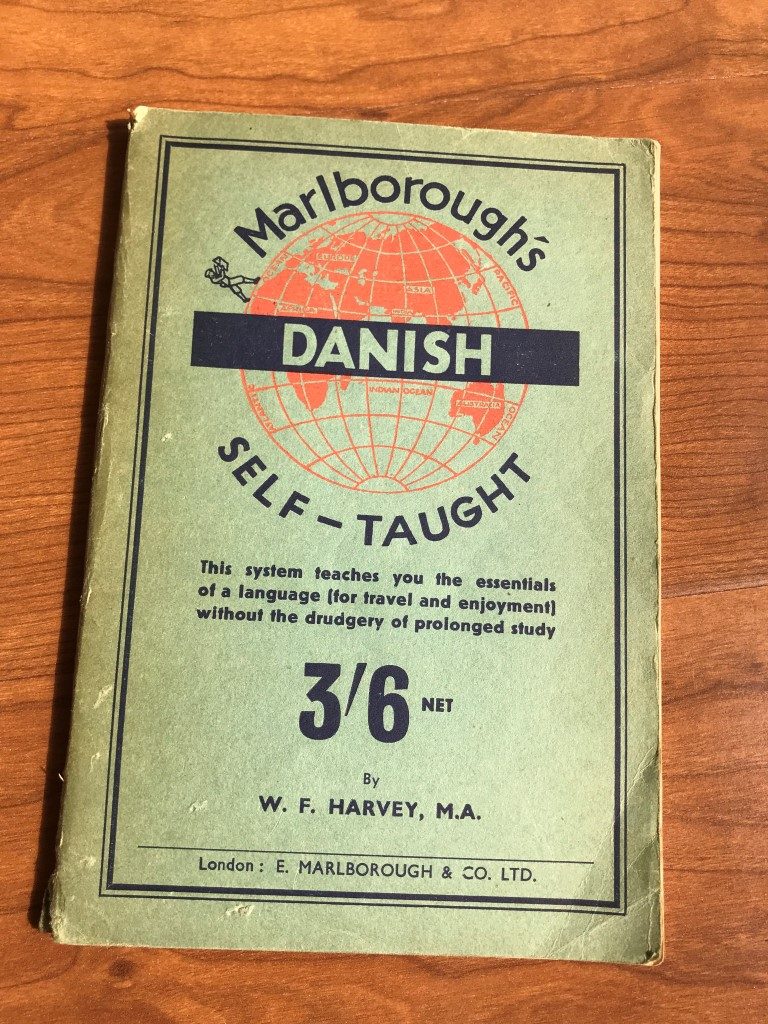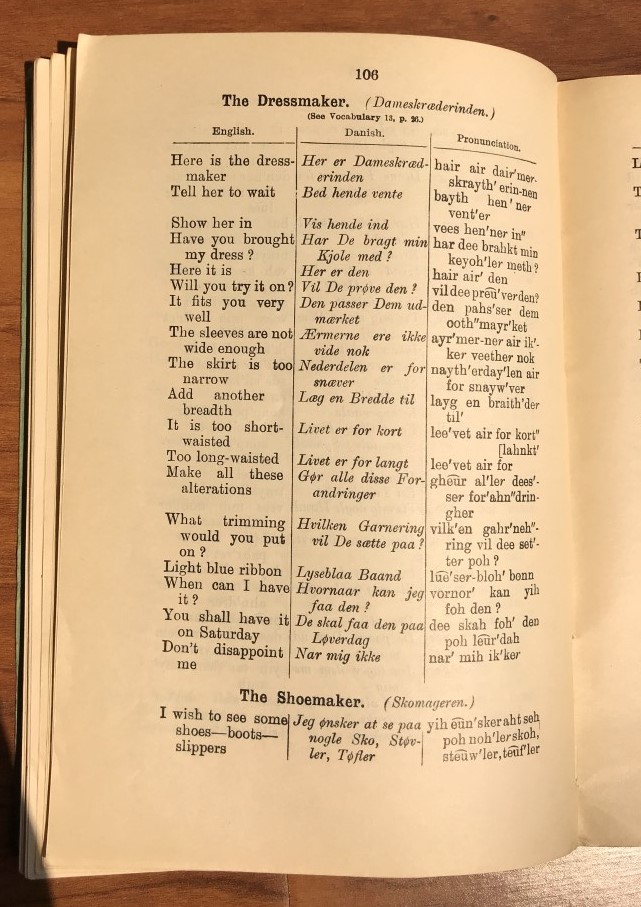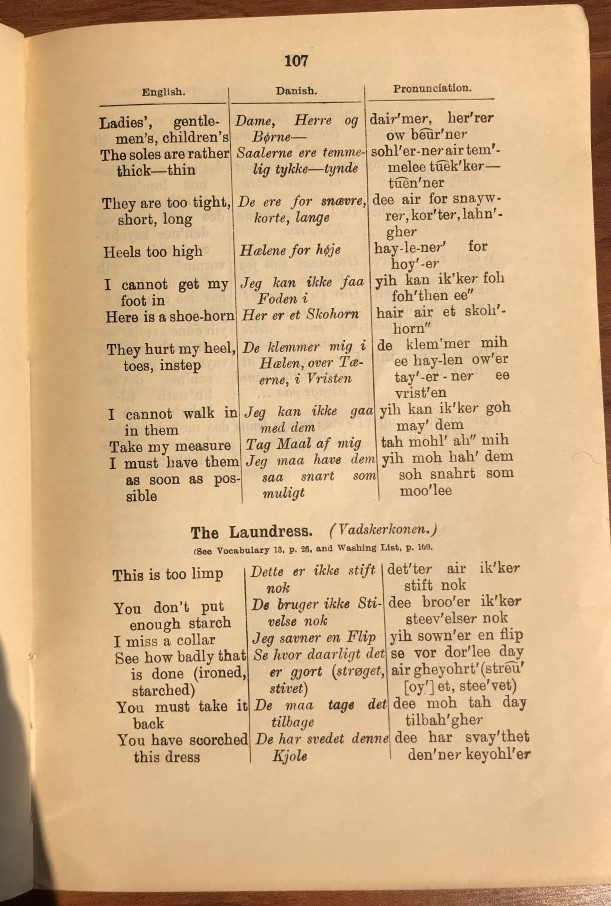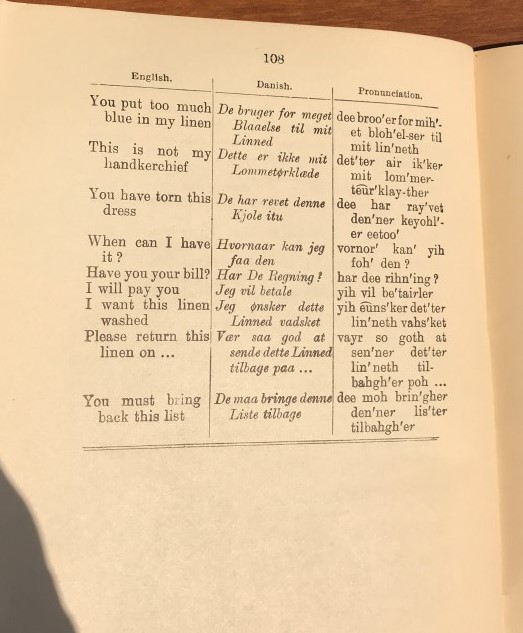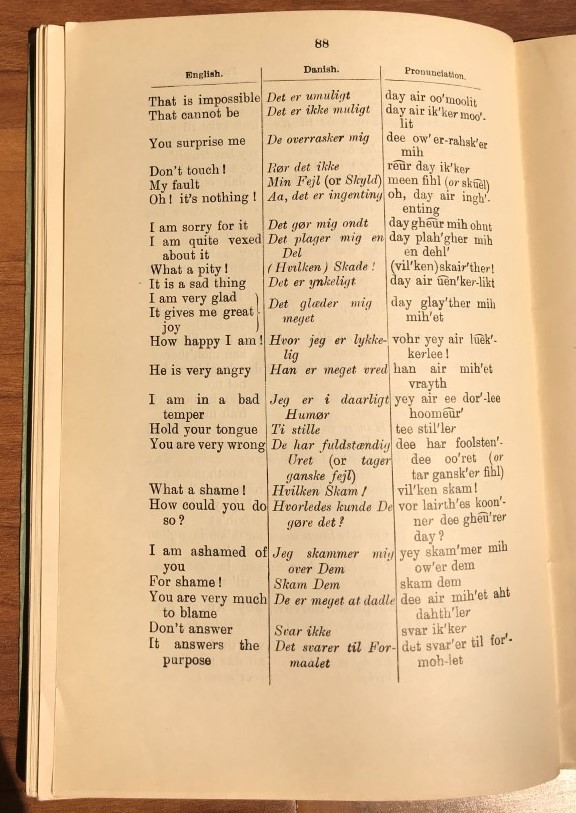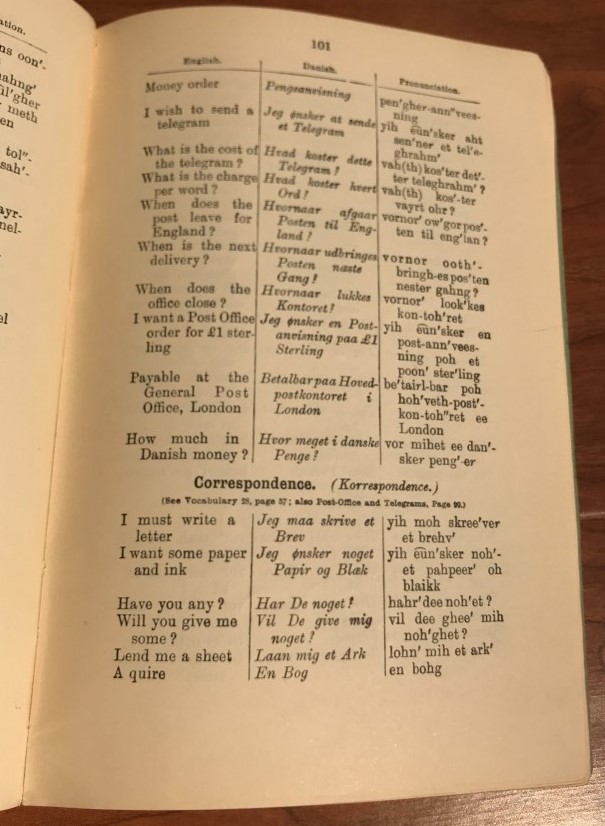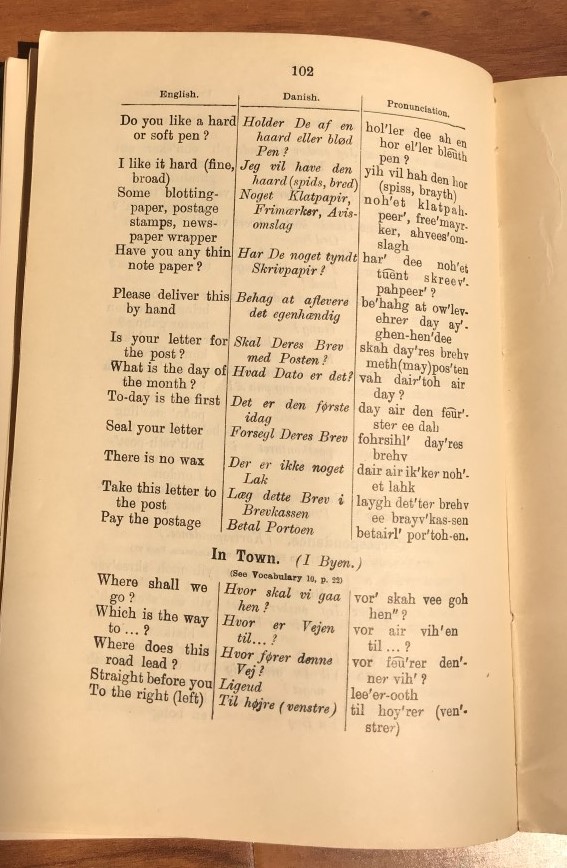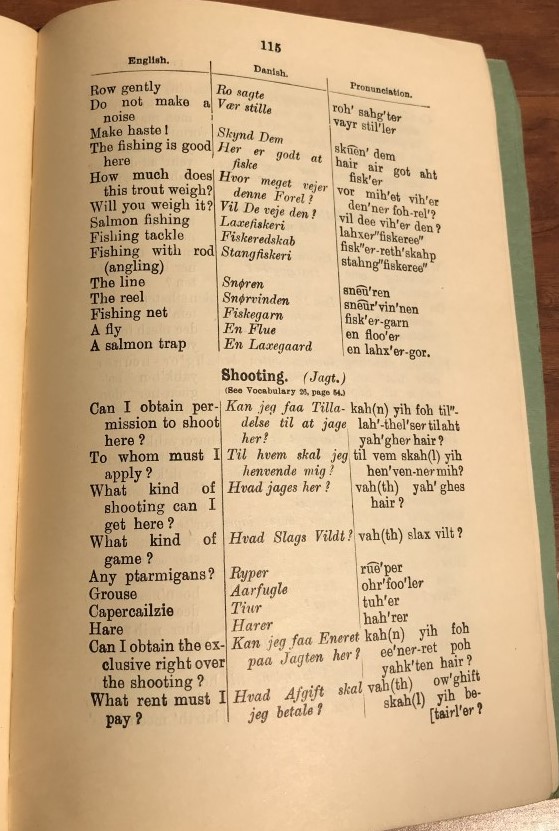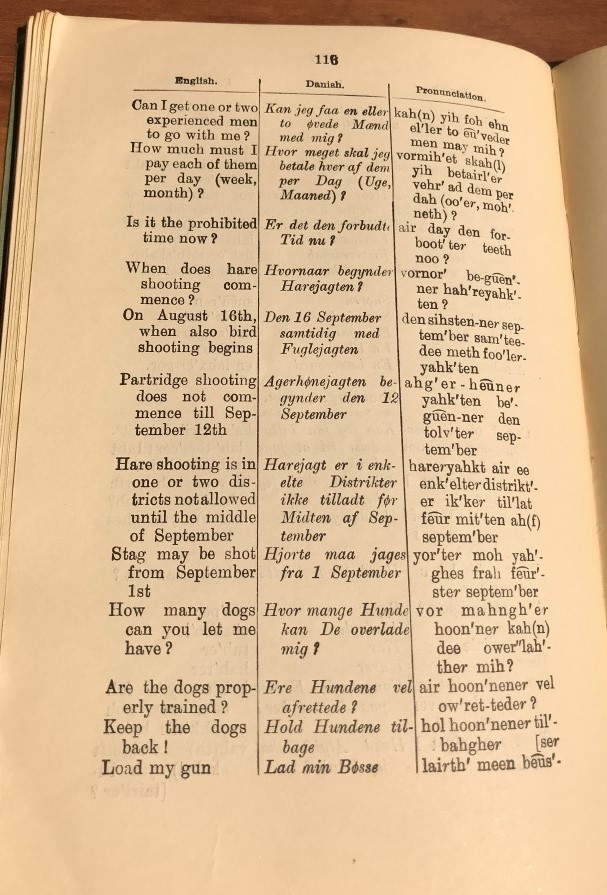There is an untrue story about the origin of the word ‘quiz’. The next few paragraphs are all about that story, and about the early uses of the word quiz which undermine it, because I did the research years ago and want to make it worthwhile, but many people beat me to publication. By a lot. New information, such as it is, is in the next post.
The story goes that a Dublin theatre proprietor by the name of Richard Daly made a bet that he could, within forty-eight hours, make a nonsense word known throughout the city, and that the public would supply a meaning for it. After a performance one evening, he gave his staff cards with the word ‘quiz’ written on them, and told them to write the word on walls around the city. The next day the strange word was the talk of the town, and within a short time it had become part of the language.
The most detailed account of this supposed exploit (in F. T. Porter’s Gleanings and Reminiscences, 1875) gives its date as 1791.
Oxford Dictionaries — What is the origin of the word ‘quiz’?
F. T. Porter’s Gleanings and Reminiscences (1875) is an autobiography, interspersed with anecdotes and stories picked up over a lifetime of Porter’s work as police officer in Dublin. The story of ‘quiz’ is one of them, supposedly passed on from multiple witnesses to the event. Porter had previously published a retelling of the story in Duffy’s Hibernian Magazine (Nov 1862).
As others have pointed out, it seems very unlikely that the story is truly the origin of the word. We have evidence of the word ‘quiz’ in use for years before 1791, the earliest reference in connection with Daly is from 1835 (see below), and there seems to be no contemporary account. Rather, the wealth of full-text digital archives have made it possible to figure out the true origins of ‘quiz’ in the public school and university slang of the late eighteenth century. The OED revised their entries (noun, verb) a little while ago, and added a couple of excellent early citations.
1780: An Incredible Bore
The earliest is from a pamphlet called An Incredible Bore: A Familiar Epistle; from Roger Wittol Esq: of — College, Oxford, to Mr. John Hedgings, in the Country, published pseudonymously in 1780. Wittol’s letter is, in the words of one reviewer, “eighteen-pennyworth of nonsense from an Oxford buck to his friend in the country… To go through the poem, as we have done, is—a bore indeed.” But it was written to explain the university slang of the day, which is handy for us here in the 21st century.
Pray read with attention this bagatelle o’er,
…
And learn, what you wanted, the meaning of Bore.
Ah! John, since I left you with farmer’s fat daughters,
To play at hot-cockles, and guess at their garters,
I have seen a new world, and of which I dare say
You have no more idea than I of good hay;
Our language, my lad, you would scarce understand,
And I’ll give you a specimen clean out of hand.
T’other morning I threw off my chains with my gown,
Took a place in the Dilly and dangled to town;
(You must know ’twas a Scheme, as we knowing ones say,
‘Tis a bore to be there in a d—‘d modest way)
When I found myself place’d ‘twixt a chandler’s fat wife,
And a fellow who (damme) knew nothing of life.
Methinks ’tis a pleasantish day, says the dame,
To which I assented, the Quiz did the same:
She wish’d that these outlandish troubles would clear,
For this ‘Merikin war made the candles so dear.—Our Quiz, with a head plaister’d o’er like twelfth-cake,
An Incredible Bore: A Familiar Epistle; from Roger Wittol Esq: of — College, Oxford, to Mr. John Hedgings, in the Country
And a large sausage curl just above a black neck,
Had a ditto sky-blue on, except that his breeches
Were pink, and his boot-tops were work’d with white stitches;
And so we are introduced to phrases like Knock’d me down, Letch, Spunk, dangled, Scheme, and of course, the Quiz— a fellow who knew nothing of life, and dressed in a ridiculous fashion.
1783: Advice to the Universities of Oxford and Cambridge
More details are offered in a 1783 work, Advice to the Universities of Oxford and Cambridge. Here the anonymous author dispenses some uninvited advice to various persons about the universities, beginning with the Vice Chancellor, then the Proctors, Fellows, etc., and then to the Under Graduates, according to their tribe. I should say, the reviews of this were no kinder than those of Wittol: “A most impotent attempt at wit.”
To the Under Graduates
As the characters and dispositions of Under Graduates are various, some quite contrary to others; I shall be better understood by each, if I divide them into different classes, as they are respectively denominated in the university, and give my advice separately; that all may know how to keep up to their particular characters. They may be included under the general denomination of Quiz, Raph, or Buck. I shall begin first with the Quiz.
To the Quiz.
A Quiz, in the most common acceptation of the word, signifies one who thinks, speaks, or acts differently from the rest of the world in general. But as manners and opinions are as various as mankind, it will be difficult to say, who shall be termed a Quiz, and who shall not; each person indiscriminately applying the name of Quiz to every one who differs from himself; not to lose myself therefore in the labyrinth of opinions, suffice it to say, that those to whom the term has most commonly been applied, have held it in a good sense, and by the skilful alteration of a letter, produced the opinion of Horace in their favour; “Vir bonus est quis.”——Others by the contrary rule, have held it in an opposite sense.
Advice to the Universities of Oxford and Cambridge—Anon.
The idea that everyone is someone else’s quiz reoccurred nine years later in the lyrics of the Quiz Song, written by Charles Dibdin in 1792, as the word gained a wider currency. “Those to whom the term has most commonly been applied” do seem to be a well-defined sort of person:
1782: Essays, moral and literary
In Essays, Moral and Literary, writer and schoolmaster Vicesimus Knox (not a pseudonym) describes the specific species of otherness that identifies the ‘Quiz’, in the course of throwing some shade on the business of academia as a whole.
Even doctors, professors, tutors, and lecturers, industriously avoid all topics connected with the species of learning and science which they profess, and most agreeably condescend to expatiate, in the common and combination room, on dogs, horses, and all the refined amusements of Granta and Rhedycina. Not but that there are a few who take a pleasure in conversing on letters; but they are solitary mortals, and themselves are stigmatized, in the cant language of the place, with the name of Quizzes, and their conversation, with that of an insufferable Bore.
If our ingenious youth should be transplanted from the nursery of a school into the army, he will find the conversation, in almost every respect, similar to that of the university. There will, indeed, be this difference, that as letters are not the particular business of a military life, they will sometimes be the topic of conversation among military men; whereas, in the university, they are entirely laid aside, lest they should subject the academic to the imputation of pedantry; an imputation deemed infinitely more disgraceful, than that of genteel ignorance and fashionable debauchery.
Essays moral and literary—Vicesimus Knox
1782: Charlotte Burney’s Diary
One of the more charming early sources that uses ‘quiz’, rather than mentioning or describing it — and which for a long time was the OED’s earliest citation — is the 1889 edition of The early diary of Frances Burney, 1768-1778 vol. 2. The usage comes from a journal fragment written by Frances’s sister Charlotte, in 1782, proving how quickly the word moved beyond university jargon to a wider currency.
Thursday, June 24th, Quarter day.
The Percys have been in town and I and my father and Fanny have been and spent an evening with them, where we met Dr. Lort, whose nose I am sure has never grown since he was six years old, nipped in the bud ; but he’s a droll quiz, and I rather like him.
Early Diary of Frances Burney, Journal Fragment—Charlotte Burney
Etc
A satirical piece in an edition of the Eton paper Microcosm puts it at Eton College in 1787 (I find, most unfortunately for myself, that I come under the denomination of a quiz.
— do read the full text), and also mentions the connection to vir bonus est quis.. Although by 1798, it seems the Etonians had moved on. George Colman’s 1798 play Heir at Law has it at Westminster School (A gig? Umph! that’s an Eton phrase—the Westminster call it Quiz
).
In 1785, a “Quis” with an S, appears in the play The Spanish Rivals (spoken by a Spaniard, if that’s relevant?). Here it is used to agree with the sentiment that a gentleman is “a queer stick to make a thivel of”, which presumably needs no further explanation.
We’ll never know whether the ‘Vir Bonus’ etymology is at all true. It seems possible? These early citations all support the idea of an origin in Latinate college slang, rather than a brand new invention of London or Dublin gamblers. The use of a z at the end of a word is a common feature of 18th century slang (as in phiz and poz), also suggesting the corruption of an existing word rather than a new coinage, and the Latin root quis seems to be a good candidate, maybe influenced by the English soundalike inquisitive.
Many of the early usages of the word in print are explicitly concerned with explaining the usage and providing an etymology. The word is novel, true, but this is a period when new words were being introduced into English quite regularly, with international trade bringing new foodstuffs, plant and animal species, and developments in science and engineering labelling things in new ways: not many of them got introduced in lengthy comic poems, songs, and satires. What we see with quiz is authors writing to explain and legitimise a new-identified concept. A concept which looks a lot like an 18th century analog of ‘nerd’.
So we see the word’s meaning shift and expand from meaning an odd person, to the act of taunting someone for being an odd person, to taunting in general, by asking endless impertinent questions, and so on to the current style of questioning. Anyway, that’s all documented in plentiful detail elsewhere. I have other questions.
